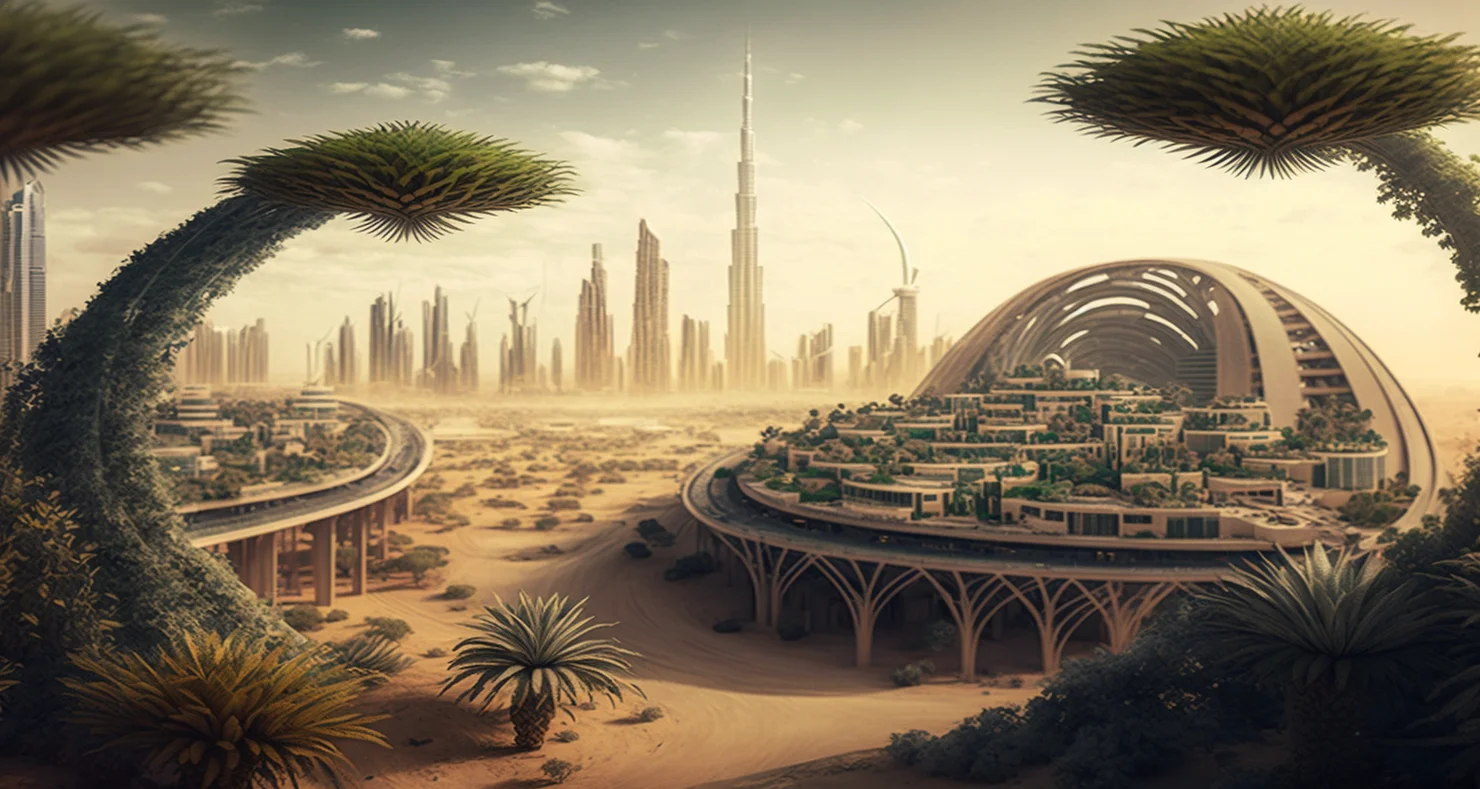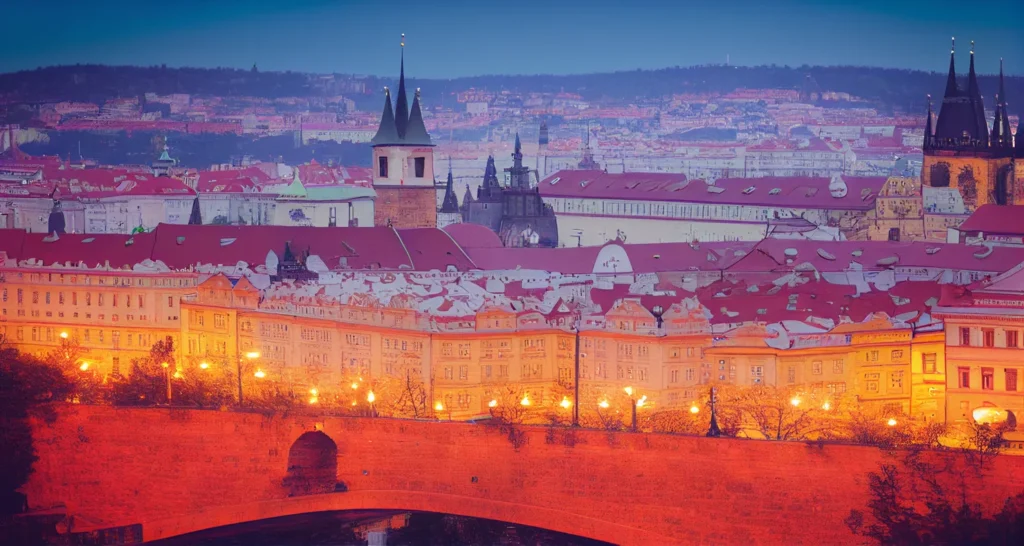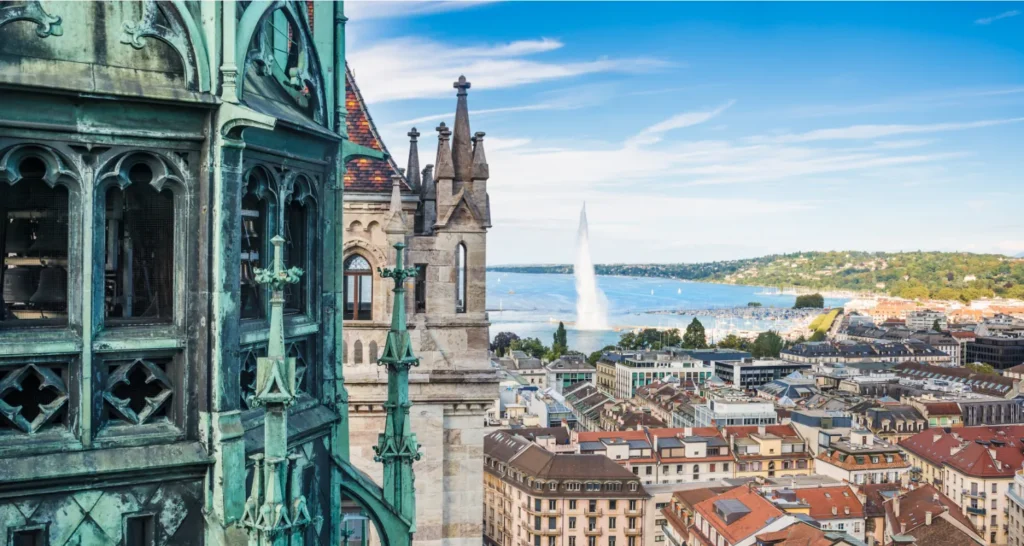A biophilic city is a city that is designed to prioritize and incorporate nature and natural elements into the urban environment.
The term “biophilia” was coined by biologist E.O. Wilson to describe the human affinity for and connection to nature, and a biophilic city seeks to promote and enhance this connection.
There are several key characteristics of a biophilic city, including:
Abundant nature: A biophilic city prioritizes the preservation and creation of natural areas within the city, such as parks, green spaces, and waterfronts.
Access to nature: A city seeks to make nature accessible to all residents, regardless of income or location. This can include initiatives like bike paths and walking trails, as well as programs to bring nature into urban areas, such as community gardens and urban farms.

3. Natural features in the built environment: A biophilic city incorporates natural elements into the built environment, such as green roofs, living walls, and natural materials like wood and stone.
4. Biodiversity: A biophilic city prioritizes biodiversity, both in the natural areas within the city and in the built environment. This can include initiatives to promote native plant species and protect wildlife habitats.
5. Sustainability: A biophilic city prioritizes sustainable practices, such as reducing carbon emissions, promoting energy-efficient buildings, and using green infrastructure to manage stormwater.
Overall,
the goal of a biophilic city is to create a healthy, sustainable, and livable environment for residents, while also promoting a strong connection to nature. By prioritizing natural elements in the design and planning of the city, a biophilic city can improve the well-being of its residents and create a more resilient and sustainable future.

Examples of biophilic cities
There are several cities around the world that are recognized for their efforts to become more biophilic. Here are a few examples:
Singapore: Singapore is known for its innovative approaches to incorporating nature into its urban environment. The city has several large parks, including Gardens by the Bay, which features towering supertrees and a massive indoor greenhouse. The city also has a network of green corridors that connect natural areas throughout the city.
Portland, Oregon: Portland is a leader in sustainable and biophilic design, with a strong focus on public transportation, biking, and walkability. The city has several large parks, including Forest Park, which is one of the largest urban forests in the United States. The city is also home to the world’s first certified eco-district, the Lloyd EcoDistrict, which uses green infrastructure and renewable energy to create a sustainable and biophilic urban environment.
Wellington, New Zealand: Wellington is recognized for its efforts to protect and enhance its natural areas, including the Wellington Town Belt, a 500-hectare green belt that surrounds the city. The city also has several large parks, including the Wellington Botanic Garden, and has implemented policies to protect native plant and animal species.
Oslo, Norway: Oslo has been recognized for its efforts to become a more sustainable and biophilic city, with initiatives to reduce car traffic, increase green spaces, and promote biking and public transportation. The city has several large parks, including Frogner Park, which features over 200 sculptures, and is surrounded by forests and lakes.

5. Melbourne, Australia: Melbourne has a strong focus on sustainable and biophilic design, with a network of bike paths and green corridors that connect natural areas throughout the city. The city also has several large parks, including the Royal Botanic Gardens, and has implemented policies to promote sustainable and green infrastructure.
These cities are just a few examples of the growing trend towards biophilic urban design and planning, as cities around the world recognize the importance of nature in creating a healthy, sustainable, and livable urban environment.













